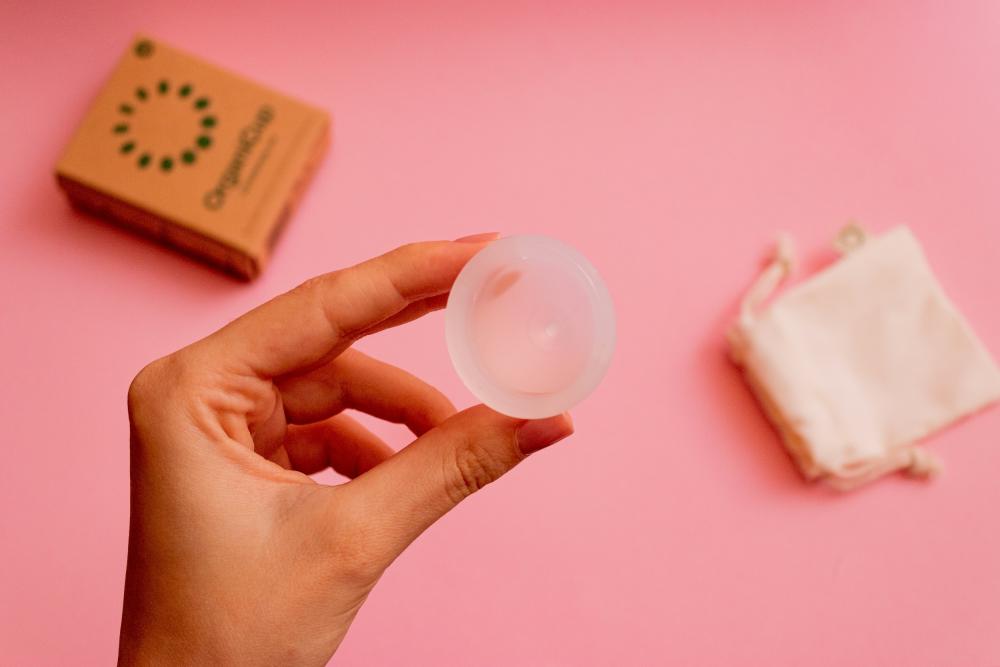Breaking the cycle: Rethinking menstruation and its environmental impact


MA student Georgie Deri argues that menstruation isn’t dirty—our perceptions of it are, and it's causing a shocking scale of environmental pollution. We need to challenge stigma, rethink disposability and embrace sustainable solutions.
Menstruation isn’t dirty—our perceptions of it are. By masking these perceptions with disposable products, we’ve created a far dirtier environmental reality. It’s time to stop hiding, not just from our periods, but from the consequences they are wrapped up in.
The historical stigma of menstruation
For centuries, menstruation has been shrouded in stigma. Ancient Greeks considered menstrual blood poisonous, while Judeo-Christian teachings cast menstruation as a state of impurity. It’s no wonder that efforts to improve the experience and cleanliness of periods have been tied to making them invisible.
While medieval women resorted to moss and scented oils to mask their periods, today’s industry offers “100% leak-free” solutions using “LeakGuard” and “OdourLock” technology. Rather than challenging harmful perceptions, the industry has doubled down on them, reinforcing the idea that periods are something to be hidden, and positioning disposability as the key to cleanliness. Discreetly wrap up our waste, throw it away, and forget it ever existed.
Out of sight, out of mind: The hidden cost of convenience
Most of us don’t think about what happens next. And that’s not a coincidence; it’s by design. Just as tampons conceal menstruation in everyday life, the waste systems that process them are intentionally designed to keep the shocking scale of their pollution out of sight and out of mind.
Because of this, most of us remain blissfully unaware of our own staggering environmental impact. Each pad, tampon, wrapper, and plastic applicator ever used still exists in some form. Over a lifetime, this equates to between 5,000-15,000 products per individual. In the U.S. alone, 12 billion pads and 7 billion tampons are discarded annually, taking up to 800 years to decompose.
Menstrual waste is the fifth-largest contributor to ocean plastics, clogs sewage systems, fills landfills, and releases toxic air pollutants when incinerated. The problem is global and deeply inequitable.
Gone tomorrow—but to where?
Waste doesn’t disappear, it merely gets displaced, often to low-income communities far removed from the people who pollute the most.
In India, 58 billion disposable menstrual products are dumped into landfill every year. Garbage collectors, traditionally from the marginalized Dalit communities, face the grim reality of handling menstrual waste with their bare hands, posing significant public health problems.
Waste doesn’t disappear, it merely gets displaced, often to low-income communities far removed from the people who pollute the most.
While many of us shy away from touching our own period blood in the name of "cleanliness", these workers bear the burden of our disposable habits. This reliance on single-use products not only reflects our cultural discomfort with menstruation but also upholds systems that normalise waste and obscure its human and environmental costs.
Breaking the cycle: Towards a sustainable future
So, how can we break free from this cycle of waste and stigma? Structural change is essential. Corporations must face stricter regulations to limit harmful materials, ensure transparency about product life cycles, and embrace sustainable innovation. Meanwhile, the environmental colonial systems that allow waste from Global North countries to be shipped overseas must be dismantled.
But your individual action matters, too. Switching to reusable options, like menstrual cups, is a powerful first step. A single cup can replace 2,600 disposable products over 10 years, be worn for up to 12 hours, and costs as little as £20.
Despite their environmental and personal benefits, many still feel hesitant. For decades, companies have sanitised the image of periods so profoundly—advertising women in pristine white clothing and menstrual blood as a sterile blue liquid—it’s hardly surprising that the idea of handling our own menstrual blood feels unhygienic or dirty.
Redefining clean and dirty
The deeper challenge then lies in redefining what we consider "clean" and "dirty". These concepts are socially constructed, yet profoundly shape our habits and attitudes. By engaging directly with our bodies, menstrual cups can transform periods from a dirty secret to hide into something to embrace.
It’s time to stop hiding. From our periods, from our waste, and from the responsibility we have.
In doing so, we challenge the disposable mindset which frames disposability as cleanliness, exposing the environmental reality hidden beneath it: the true dirtiness lies not in menstruation but in the systems that sustain stigma, exploit marginalized workers, and pollute our planet.
It’s time to stop hiding. From our periods, from our waste, and from the responsibility we have to create a more sustainable, equitable future where cleanliness reflects a care for our bodies, each other, and the Earth.
If this article has inspired you to make the switch, here are two recommendations to get you started:
About the author
Georgie Deri is a MA Anthropology of Global Futures and Sustainability student, with a professional background in acting and directing. She is interested in using theatre as a medium for ethnographic exploration.




